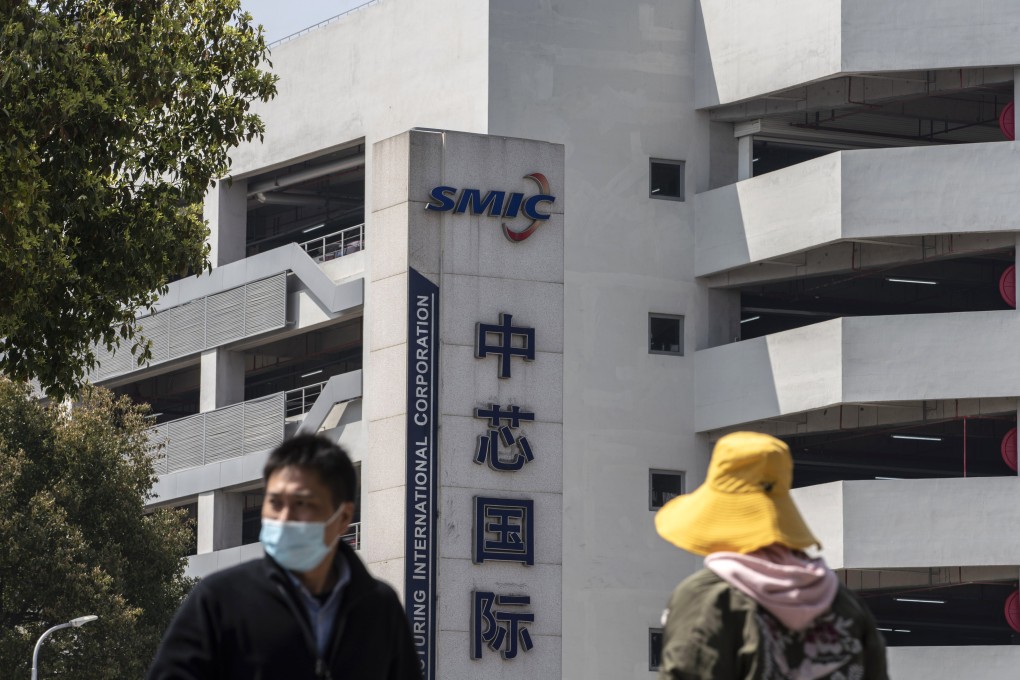China’s top chip maker SMIC warns of lower production from Shanghai lockdown as electronics demand ‘drops like a rock’
- The Shanghai lockdown could reduce production by 5 per cent this quarter, SMIC said, warning of a collapse in demand for gadgets like smartphones and computers
- Company revenue grew 67 per cent in the first quarter despite sanctions from the US

Semiconductor Manufacturing International Corporation (SMIC), China’s top chip maker, said the Shanghai lockdown could reduce production by 5 per cent this quarter, while domestic smartphone makers could see as many as 200 million fewer shipments this year.
SMIC co-CEO Zhao Haijun said production has been affected despite efforts to maintain operations in a “closed-loop” mode that keeps workers living and working on site. “We are trying to make up for the production losses before the end of June using our factories outside Shanghai, but the losses may not be compensated,” Zhao said on an earnings conference call on Friday.
Demand from downstream sectors such as smartphones, consumer products and personal computers has “dropped like a rock”, Zhao said. “Chinese smartphone vendors could reduce shipments by 200 million units this year. Many orders [from smartphone makers] were cancelled,” he added.
SMIC chairman Gao Yonggang said the company has taken measures to offset the impact of the Shanghai lockdown and inflationary pressures in raw materials. “We expect a 5 per cent production loss during the second quarter,” he said.
First-quarter net profits came in at US$447.2 million, a 182 per cent jump from the same period last year, but down from US$533.7 million in the previous quarter.
